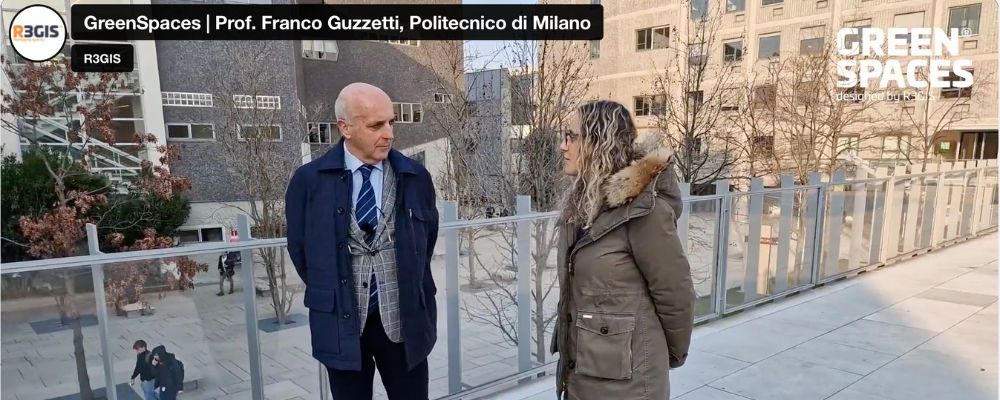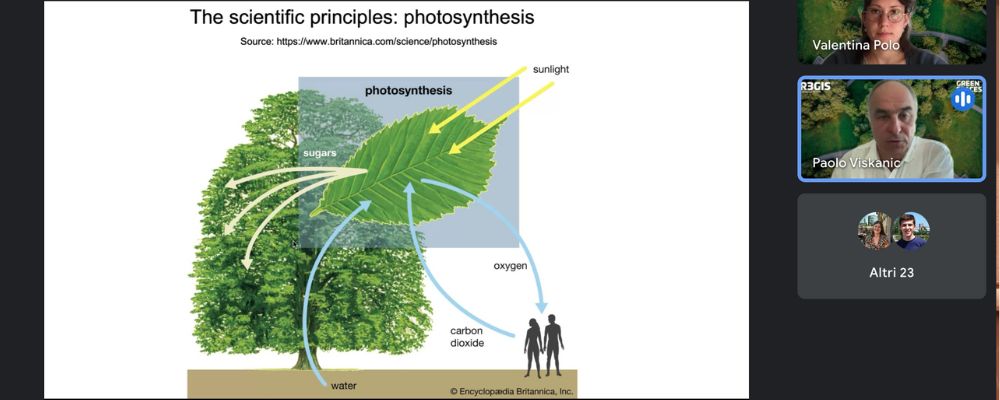Genesis and Innovation of GreenSpaces
In 2004, Milan embarked on a pioneering journey to digitalize the management of its public green areas. This initiative was spearheaded by a collaborative research contract between the Politecnico di Milano, the Milan City Council's green department, and R3GIS. The objective was to develop a robust platform dedicated to the management of urban green infrastructure. As Professor Franco Guzzetti reflects, "It all started in 2004, so 20 years ago now, when we thought of introducing digitalization for public green management." This vision led to the development of GreenSpaces, which has significantly transformed how Milan manages and maintains its green infrastructure over the past two decades.
One of the most significant aspects of GreenSpaces is its continuously updated database. “Green infrastructure, the way it is managed in Milan and in all the areas where the application is used, is a matter of continuous update," explains Guzzetti. In this way, GreenSpaces enables Milan to conduct in-depth studies that go beyond mere maintenance. For instance, the city has analyzed the shading effects of buildings on green areas to optimize the placement of trees. "The beauty of the database is that it gives us the knowledge to conduct other studies. In Milan, the shading of buildings on green areas has been studied, so, how much sunlight they receive. This gives us a logical approach to putting the right tree in the right place," says Guzzetti.
This approach is fundamental to managing ecosystem services efficiently. By understanding the specific needs of different plant species and their interactions with the environment, Milan can optimize water usage, select appropriate plant species for different climates, and implement more intelligent green management practices.
Ensuring Safety Through Continuous Monitoring
Another critical function of GreenSpaces is the support it offers in monitoring and evaluation of tree stability. "Every tree has its own history so you know when you have to intervene to deepen the level of analysis, when it is not safe anymore and then when it has to be replaced with a new tree," Guzzetti points out.
With the diffusion of GreenSpaces, with approximately 200 municipalities across Italy now using the platform, there is an opportunity to further enhance its impact. By comparing data across different municipalities, cities can learn from each other's successes and mistakes, and optimize their green management practices. This collaborative approach can help standardize the cost, water usage, and energy requirements for managing green areas, leading to more efficient and sustainable urban green management practices nationwide.
Milan has set a benchmark for other cities to follow. As we look to the future, the collaborative use of GreenSpaces across municipalities promises to enhance the efficiency and sustainability of green management practices, fostering healthier and more resilient urban environments.


